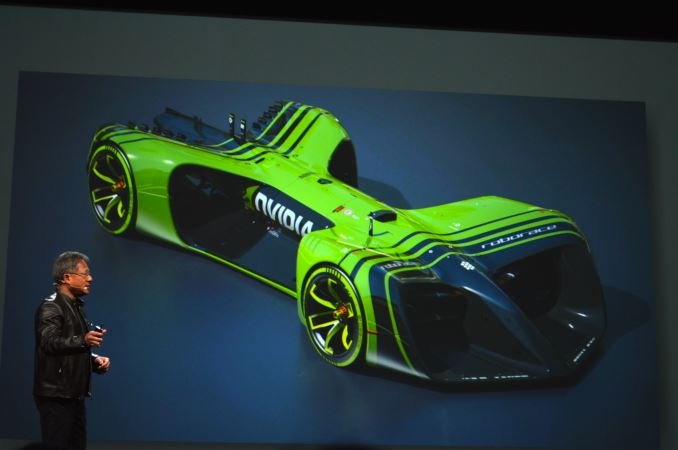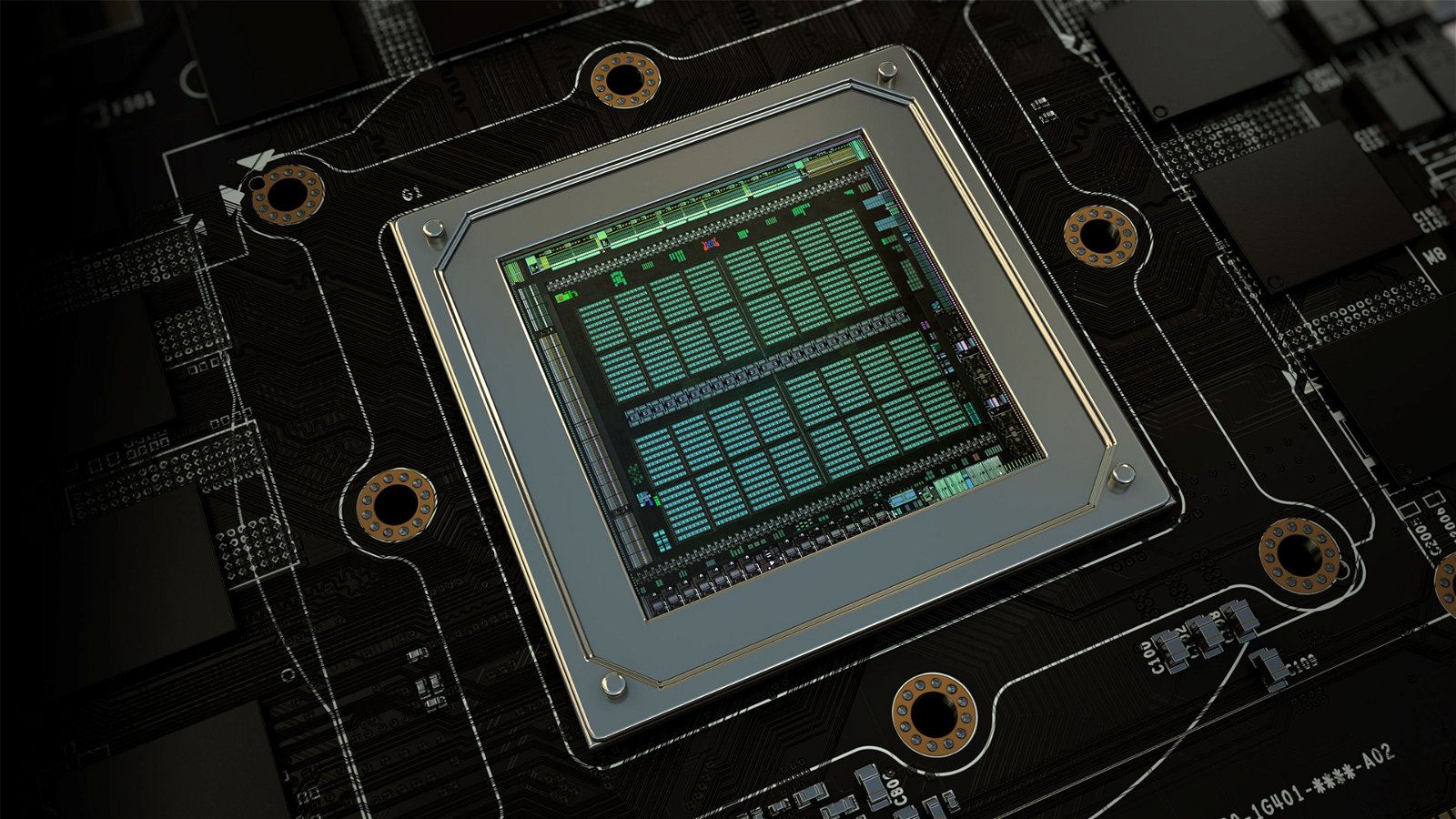NVIDIA’s keynote at the GPU Tech Conference 2016 discussed five core pillars the company will be focusing on when developing their GPU technology as well as revealing a host of new and powerful hardware.

The first pillar was the NVIDIA SDK, which President and CEO of NVIDIA, Jen-Hsun Huang, describes the development kit as being a collection of essential libraries centered around GPU computing. NVIDIA Gameworks, Designworks, Computeworks and the previously revealed VRworks are all bundled inside of this development kit. The kit is free for download off of NVIDIA’s developer website and is available now.
The second focus was on VR technology. Huang focused this part of the keynote on developing VR as a new computing platform instead of just a new gaming gimmick.
Tech demos for Everest VR and Mars 2030 were shown on stage with Huang commenting on how striking the visuals were and how they were only simulated experiences, reconstructed from over 108 billion pixels, with the help of partners AVX and NASA. The point of the demonstration was to show that VR’s potential is limitless and that by using NVIDIA tech companies will be able to create amazing photo-realistic experiences.
Deep learning and the development of AI programs, such as Google Deepmind’s AlphaGo, was the next discussion point. NVIDIA made it clear that they see AI as a developing industry that is quickly expanding with apps like Tensor Flow. NVIDIA predicts that there is an opportunity for the industry to make $500 billion over the next 10 years but they are restricted by their hardware. It’s at this point Huang revealed its new family of GPUs, the Tesla M40, Tesla M4, Tesla P100 and lastly the NVIDIA DGX-1.

Huang described the P100 as being the most ambitious project the company has ever undertaken. The chip is made of 150 billion transistors and is developed using the new Pascal GPU architecture. It is five times faster than the speed of a PCIE connection and is currently in volume production.
The NVIDIA DGX-1 is the world’s first deep-learning super computer and will retail for $129,000 USD. It’s power is equivalent to eight P100’s combined and is being marketed as being 250 servers in a box. The speed in performance compared to that of 4 Maxwell GPUs is surprisingly large. The Maxwell GPUs can render 1.33 billion images in 25 hours while the DGX-1 can do the same task in just two hours. NVIDIA’s target audience for the DGX-1 are AI pioneers such as the University of Toronto, Berkley University and Massachusetts General hospital.
The last thing NVIDIA wanted to touch on with its audience is that it will be developing the worlds first AI car computing platform titled as, NVIDIA Drive PX. The program detects cars all around the vehicle at a speed of 180 fps and can be furthered trained to recognize specific traffic signs. NVIDIA Drive PX currently has the #1 accuracy score on the KITTI car detection test.
To push AI developers to their limits, NVIDIA also announced that they would be holding the world’s first autonomous car race, Roborace. The competitors will all be using the same car, designed by Daniel Simon, weighing 2,200 lbs and is able to operate at a blazing fast speed.

NVIDIA is taking steps to create new and interesting business opportunities, investing billions into R&D to monopolize themselves as the strongest developers in the deep learning, AI GPU market.




